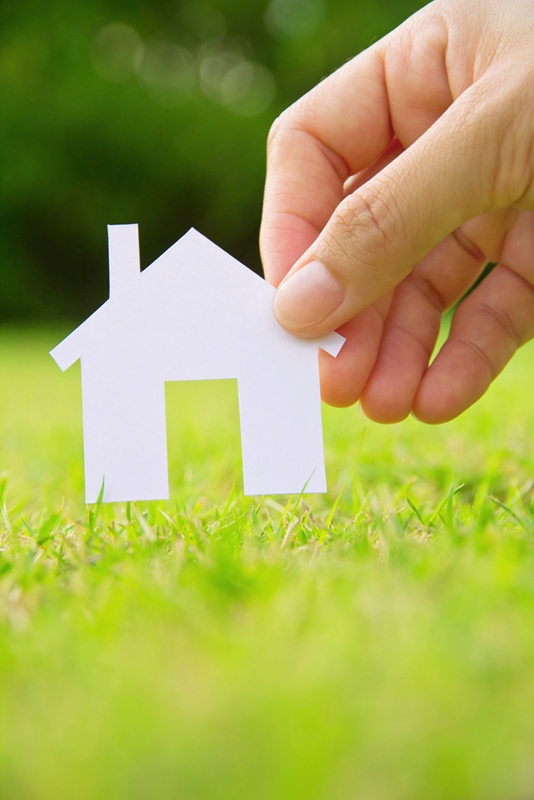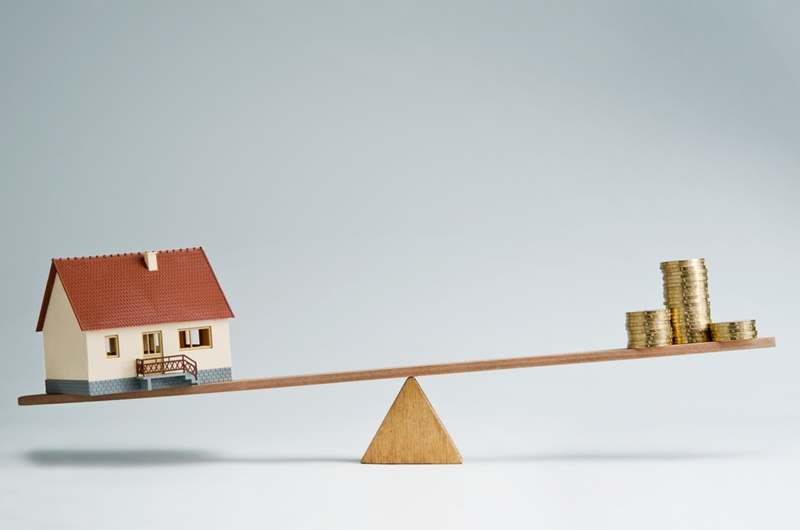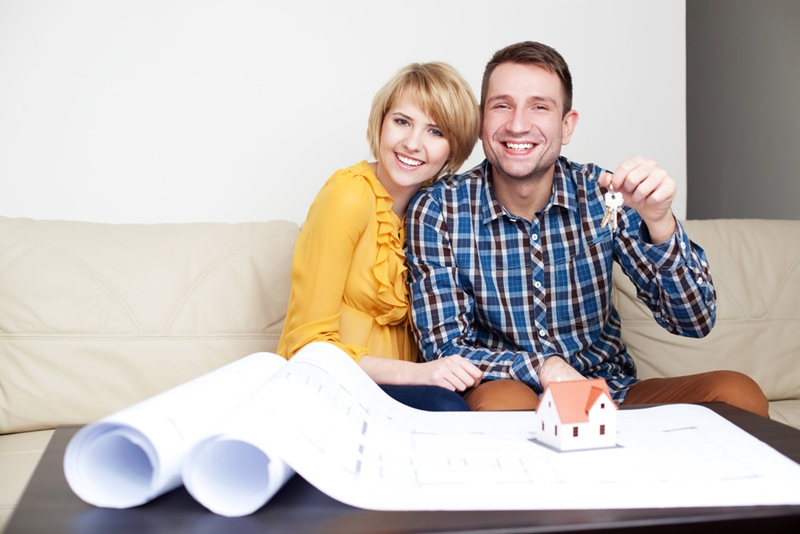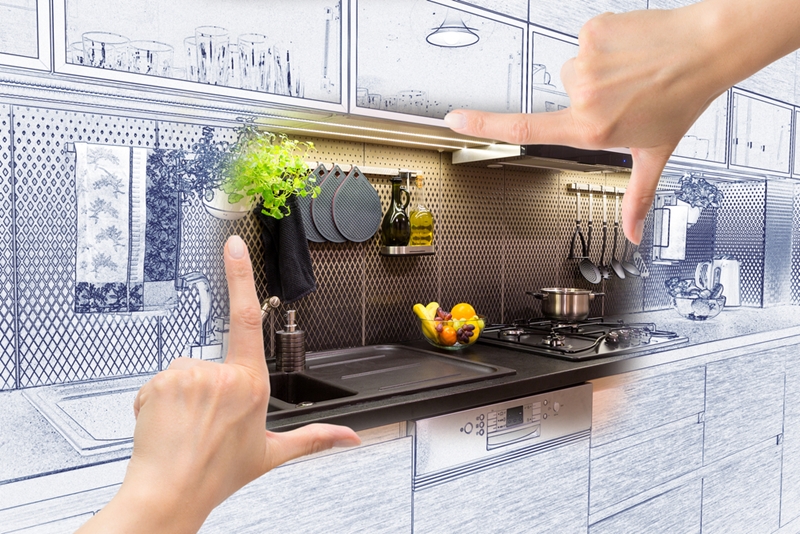There's a thing or two that landlords must consider when investing in property. One of the most important is making sure that yours is in line with current laws – as if it isn't, the penalties could be severe.
Let's have a look at a few of these laws and the costs of ensuring your property is legal.
What are the landlord's responsibilities?
The landlord's most essential duty is to ensure that the rented investment property is safe and comfortable for tenants to live in. According to Tenancy Check, the following are essential in doing so:
- Upkeep of the houses structure.
- Ensuring that all utilities are working: such as gas, electricity and water.
- Appliance maintenance and safety.
- Treat issues with the home that could cause health problems.
- Anything else in the tenancy agreement.
The specifics of tenancy law vary from state to state, but the general theme described above remains true nationwide. But what does it really cost to make sure you don't fall afoul of investment property law?
 Are you are of the costs of being a landlord?
Are you are of the costs of being a landlord?What's the cost of keeping your property legal?
Each property is different and many factors will affect how much it costs to keep your investment property in line with current law. For example an older home is more likely to require improvements to insulation, or structural maintenance. To give you an idea of how much common costs may set you back we've pulled some numbers from Archicentre's Cost Guide:
- Gas leak: gas fitters go for between $46 and $61 per hour, and fixing a gas leak could take several.
- Rising damp: estimated at $150 to $180 per linear metre for a single brick home.
- Pest management: the Australian Pest Control Association estimates $2,000 to $5,000.
- Tree removal: $300 to $1600 per tree.
- Replacing fibreglass insulation: from $2,120 to $2,850 per/sqm.
- Repainting a single room: $650 to $830.
Each property is different and many factors will affect how much it costs to keep your investment property.
This is just an example of a few common costs, and the expenses that arise from your investment property could vary wildly.
What's important is that you leave wiggle room in your finances, so that if issues do occur you're financially able to deal with them as quickly as possible.
To make sure your mortgage leaves room for the unexpected costs of property investment, talk to a mortgage broker at Mortgageport today. We know how much property investment can cost, and we're experts at tailoring loan products to your personal needs and exact situation.



 What locations net the best rental yields?
What locations net the best rental yields?

 Save young, plan young, buy young.
Save young, plan young, buy young. You could be enjoying life in your first home faster than you might think.
You could be enjoying life in your first home faster than you might think.
 Building your own home means that you can customise it however you'd like.
Building your own home means that you can customise it however you'd like. There's a lot of work involved in building your first home.
There's a lot of work involved in building your first home.